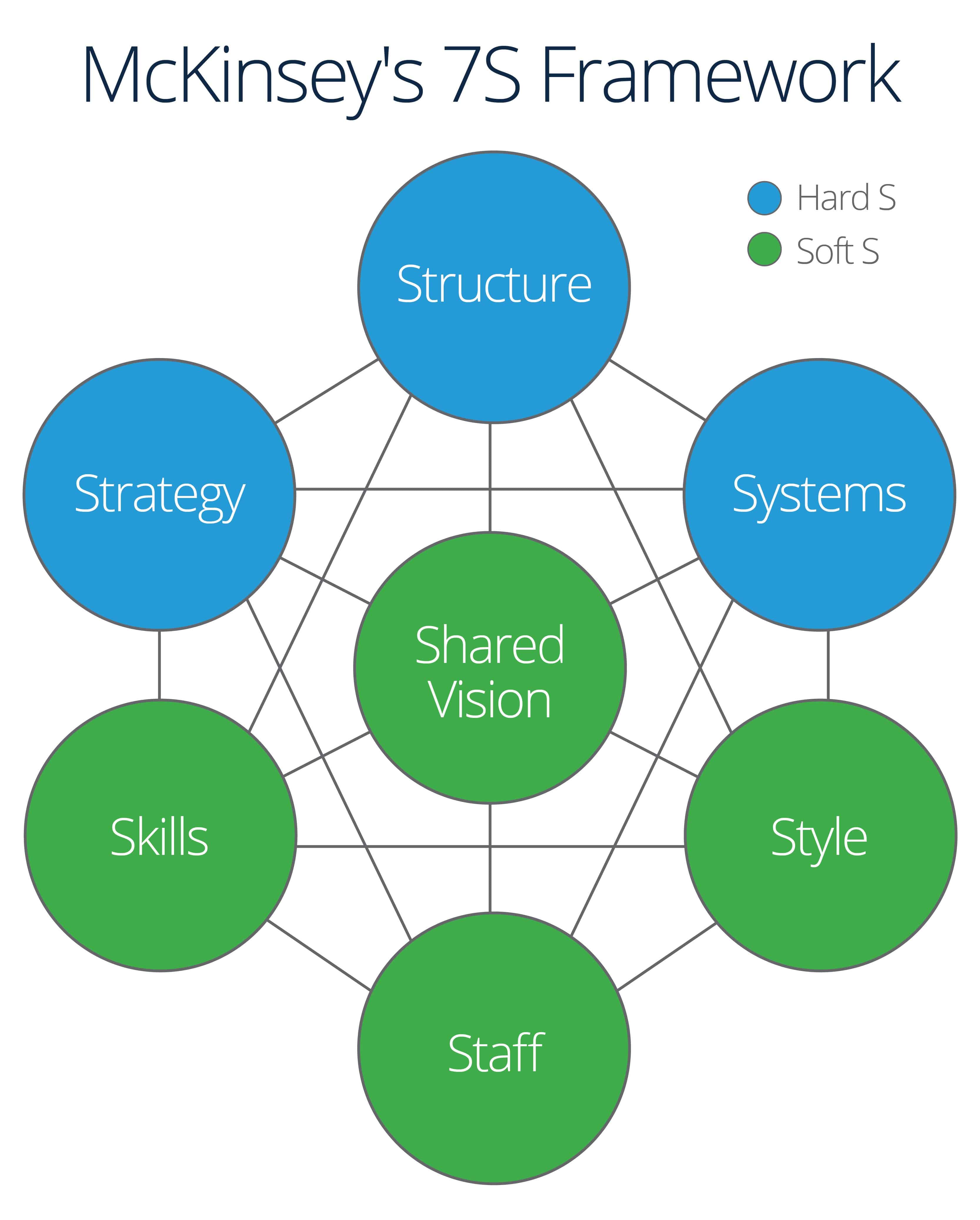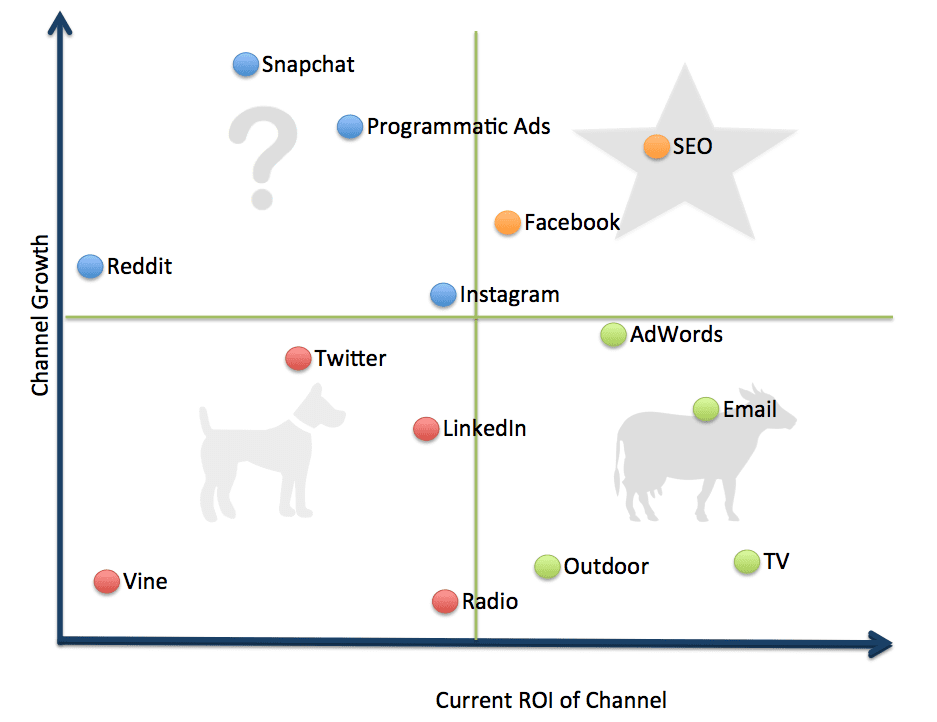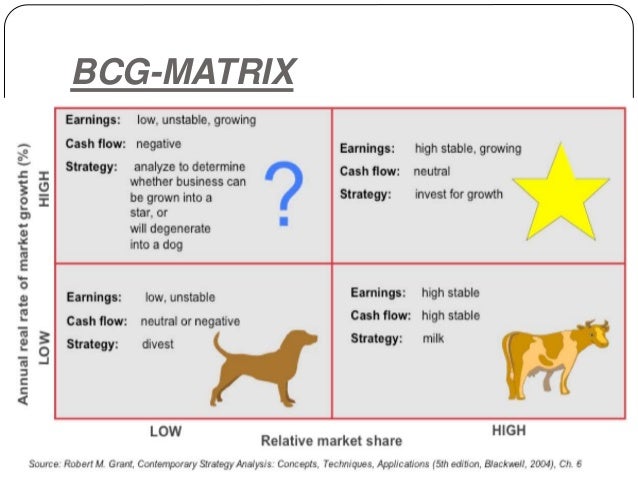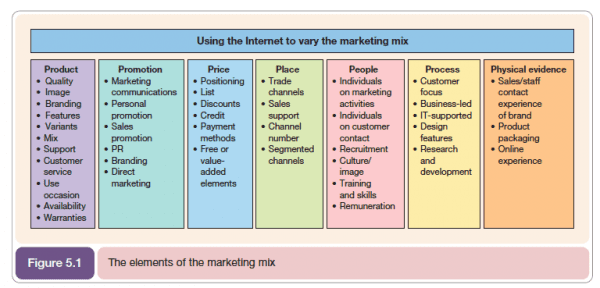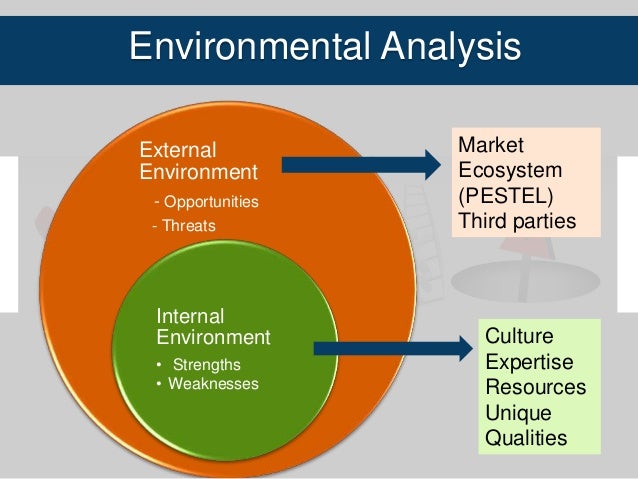
What is Strategy?
Strategy is the direction and scope of an organization in a changing business environment through the configuration of its resources and competence with a view to meeting stakeholder expectation.
Characteristics of Strategy
- Long term in nature: The plan can be made in a short time, but the effect or impact it has on the organization is in the long term or in the forseeable future.
- Strategy contains elements of uncertainty
- It is directed towards the goals of the organization
- Dynamic in nature
- Strategy are normally complex
- Strategy affects the whole organization
There are basically three different levels where strategy can be formulated, they are:
- Corporate level strategy
- Business level strategy
- Functional level strategy

Today, we would be analyzing the corporate level strategies, with the other levels of strategy to come in subsequent posts. I hope you enjoy.
Corporate level Strategy: we can simply say that corporate level strategies are concerned with questions about what business to compete in. Corporate Strategy involves the careful analysis of the selection of businesses the company can successful compete in. Corporate level strategies affect the entire organization and are considered delicate in the strategic planning process.
Characteristics of Corporate Strategy
- Corporate level strategies are formulated by the top management with inputs from middle level management and lower level management in the formulation process and designing of sub strategies
- Decisions are complex and affects the entire organization
- It is concerned with the efficient allocation and utilization of scarce resources for the benefit of the organization
- Corporate level strategies are mapped out around the goal and objectives of an organization. They seek to translate these goals and objectives to reality
- Typical examples of decisions made are decisions on products and markets
Types of corporate Strategy:
The three main types of corporate strategies are Growth strategies, stability strategies and retrenchment.
Growth Strategy

Like the name implies, corporate strategies are those corporate level strategies designed to achieve growth in key metrics such as sales / revenue, total assets, profits etc. A growth strategy could be implemented by expanding operations both globally and locally; this is a growth strategy based on internal factors which can be achieved through internal economies of scale. Aside from the illustration of internal growth strategies above, an organization can also grow externally through mergers, acquisitions and strategic alliances.
The two basic growth strategies are concentration strategies and diversification strategies.
Concentration strategy: This is mostly utilized for company’s producing product lines with real growth potentials. The company concentrates more resources on the product line to increase its participation in the value chain of the product. The two main types of concentration strategies are vertical growth strategy and horizontal growth strategy.
Vertical growth strategy: As mentioned above, by utilizing this strategy, the company participates in the value chain of the product by either taking up the job of the supplier or distributor. If the company assumes the function or the role previously taken up by a supplier, we call it backward integration, while it is called forward integration if a company assumes the function previously provided by a distributor.
Horizontal growth strategy: Horizontal growth is achieved by expanding operations into other geographical locations or by expanding the range of products or services offered in the existing market. Horizontal growth results into horizontal integration which can be defined as the degree in which a company increases production of goods or services at the same point on an industry’s value chain.
Diversification Strategy
Richard Rummelt, a strategy guru at UCLA Anderson School of Management, is of the opinion that companies think about diversification strategies when growth has reached its peak and there is no opportunity for further growth in the original business of the company. What then is this diversification strategy we speak of? A company is diversified when it is in two or more lines of business operating in distinct and diverse market environments.
Two basic types of diversification strategies are concentric and conglomerate.
Concentric Diversification: This is also called related diversification. It involves the diversification of a company into a related industry. This strategy is particularly useful to companies in leadership position as the firm attempts to secure strategic fit in a new industry where the firm’s product knowledge, manufacturing capability and marketing skills it used so effectively in the original industry can be used just as well in the new industry it is diversifying into.
Conglomerate Diversification: This is also called unrelated diversification; it involves the diversification of a company into an industry unrelated to its current industry. This type of diversification strategy is often utilized by companies in saturated industries believed to be unattractive, and without the knowledge or skill it could transfer to related products or services in other industries.
Stability Strategy
Stability strategies are mostly utilized by successful organizations operating in a reasonably predictable environment. It involves maintaining the current strategy that brought it success with little or no change. There are three basic types of stability strategies, they are:
- No change Strategy: When a company adopts this strategy, it indicates that the company is very much happy with the current operations, and would like to continue with the present strategy. This strategy is utilized by companies who are “comfortable” with their competitive position in its industry, and sees little or no growth opportunities within the said industry.
- Profit Strategy: In using this strategy, the company tries to sustain its profitability through artificial means which may include aggressive cost cutting and raising sales prices, selling of investments or assets, and removing non-core businesses. The profit strategy is useful in two instances:
- To help a company through tough times or temporary difficulty; and
- To artificially boost the value of a company in the case of an Initial Public Offering (IPO)
- Pause/ Proceed with caution Strategy: This strategy is used to test the waters before continuing with a full fledged strategy. It could be an intermediate strategy before proceeding with a growth strategy or retrenchment strategy. The pause or proceed with caution strategy is seen as a temporary strategy to be used until the environment becomes more hospitable or consolidate resources after prolonged rapid growth.
Retrenchment Strategies
Retrenchment strategies are pursued when a company’s product lines are performing poorly as a result of finding itself in a weak competitive position or a general decline in industry or markets. The strategy seeks to improve the performance of the company by eliminating the weakness pulling the company back. Examples of retrenchment strategies are:
- Turnaround Strategy: This strategy is adopted for the purpose of reversing the process of decline. This strategy emphasizes operational efficiency and is most appropriate at the beginning of the decline rather than the critical stage of the decline.
- Divestment Strategy: Divestment also known as divestiture is the selling off of assets for the different goals a company seeks to attain. This strategy involves the cutting off of loss making units, divisions or Strategic Business Units (“SBU”).
- Liquidation Strategy: Liquidation strategy is considered a last resort strategy, it is adopted by company’s when all their efforts to bringing the company to profitability is futile. The company chooses to abandon all activities totally, sell off its assets and see to the final close and winding up of the business.
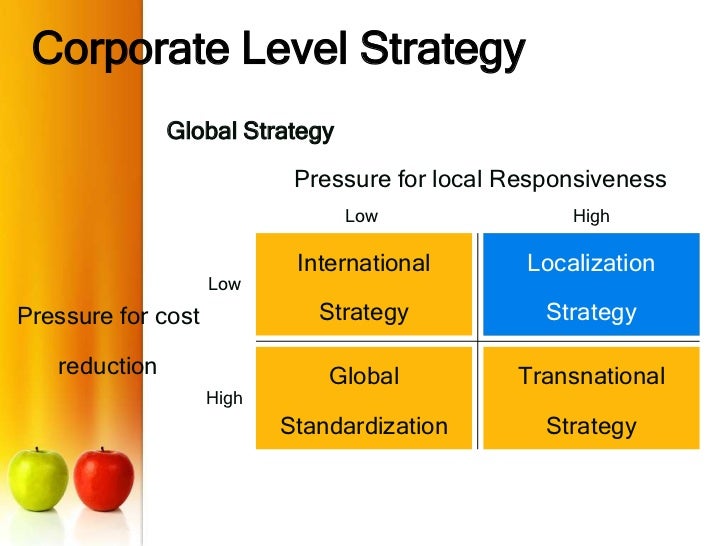



 What Is Strategic Implementation?
What Is Strategic Implementation?
